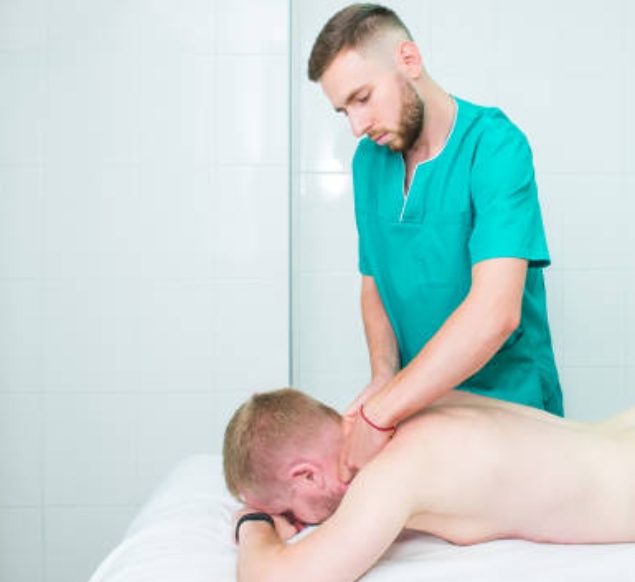Alar Ligament Stress Test
Purpose of Alar Ligament Stress Test: To test the stability of the upper cervical spine and the integrity of the supporting alar ligaments. Patient position: Supine lying with the head rested on the examination table (supported by a pillow) in neutral alignment. Examiner position: Standing behind the patient on the head side. Lateral Procedure (performed while the patient is in a supine position) Gently lift … Continue reading Alar Ligament Stress Test
